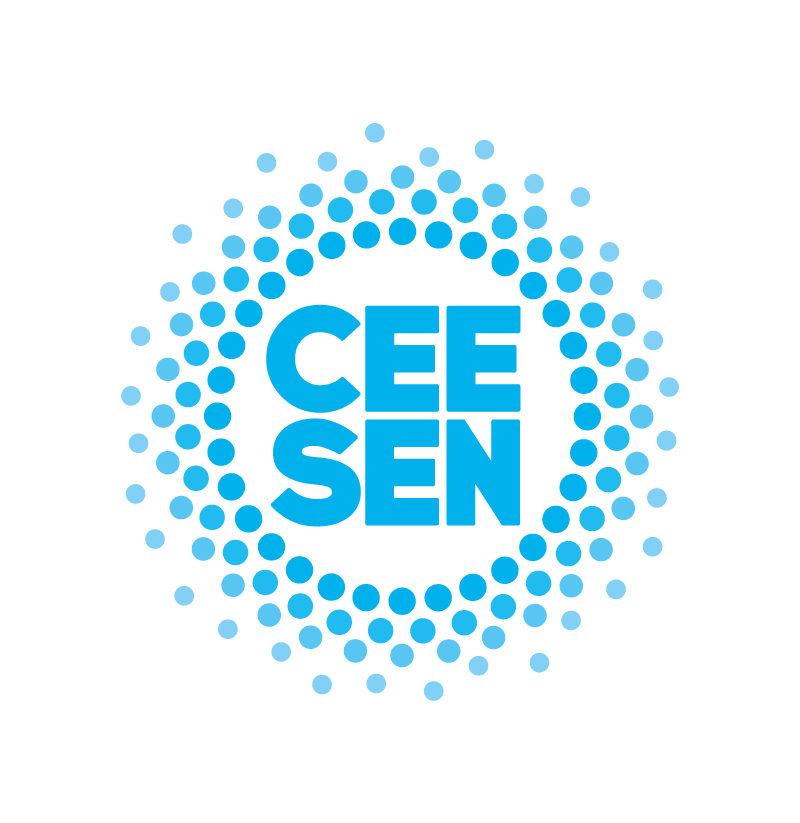Macedonian day-ahead market launch scheduled for the end of November 2019
The launch of the former Yugoslav Republic of Macedonia’s day-ahead market (DAM) is scheduled for the end of November 2019, while the go-live of Bulgaria and Macedonia (BG-MK) market coupling will follow in January 2020, the Energy Community Secretariat said in its latest Western Balkans 6 (WB6) Electricity Monitoring Report.
WB6 parties failed to finalize activities in line with the deadlines and commitments, such as unbundling of system operators, independence of the national regulatory authorities and the implementation of the Trans-European Network Regulation, the Secretariat said in a press release.
In addition, the regulation of supply prices for households and small customers was prolonged in a majority of the WB6 parties. According to the Secretariat, this trend is detrimental to the development of competition in the market, because regulated prices are under the market level.
Spot Market Development: roadmap for Bulgaria-Macedonia market coupling in November 2018
In the reporting period, compared to the last report published in June, the only tangible progress was made in FYROM, where the electricity market operator (MEMO) was spun out of the transmission system operator in line with the Energy Law, the report reads.
A detailed roadmap for the Bulgaria-Macedonia market coupling was adopted and a non-disclosure agreement is expected to be signed by the end of November 2018, the report concludes, adding that the map also defines the launch of the Macedonian DAM and the go-live of the Bulgaria-Macedonia market coupling.
Activities on setting up companies responsible for the operation of the day-ahead markets have been delayed in Albania and Montenegro. A decision on the establishment and ownership structure of the operator of the Albanian power exchange (APEX) is expected to be finalized in November 2018, as well as a request for offers for strategic partnership by the Montenegrin BELEN.
Regional Capacity Allocation: agreement between KOSTT, ENTSO-E moves forward
Progress towards the entry into force of the Connection Agreement between KOSTT and ENTSO-E was noted in the reporting period. Elektrosever, a subsidiary of Serbia’s power utility Elektroprivreda Srbije (EPS), was registered as the power supply company in the Kosovo Business Registration Agency in November 2018. Licensing of this company is a precondition for the entry into force of the Connection Agreement.
Albania signed an agreement with the Security Coordination Center, which is now providing services to the transmission system operators from all WB6, with the exception of Kosovo*, which has not yet decided on using the services of any of the existing regional security coordinators.
Cross-cutting measures: regulation of household prices prolonged
The reporting period was marked by delay in the regulation of supply prices for households and small customers in most of the WB6 parties, the report finds.
In addition to the already postponed price deregulation for medium voltage customers by April 2019, the regulator of Kosovo* postponed the deregulation of prices for 10 kV by April 2020 by its decision of October 2018.
A tender for the supplier of last resort was not yet published in Montenegro, while in Serbia, the regulator proposed continuing regulation of prices for guaranteed supply in its September 2018 report on the need for further regulation of these prices.
Furthermore, a right of all customers to change their supplier is still withheld in Albania and Macedonia, where it is expected to be phased out as of 2019.
Cross-border balancing: Macedonia prepares new balancing rules
According to the report, Macedonia, which is the only WB6 party where regulated companies are effectively still exempted from balance responsibility, is finalizing the process of adoption of new balancing rules.
Except in Bosnia and Herzegovina, where 4 big production companies are competing in the balancing market, the provision of balancing services is essentially limited to one single balancing service provider, namely the incumbent producer.
This was used as a justification for the Serbian regulator to propose continuing with the regulation of balancing reserve prices in its new report, justifying the need for further regulation of these prices.
